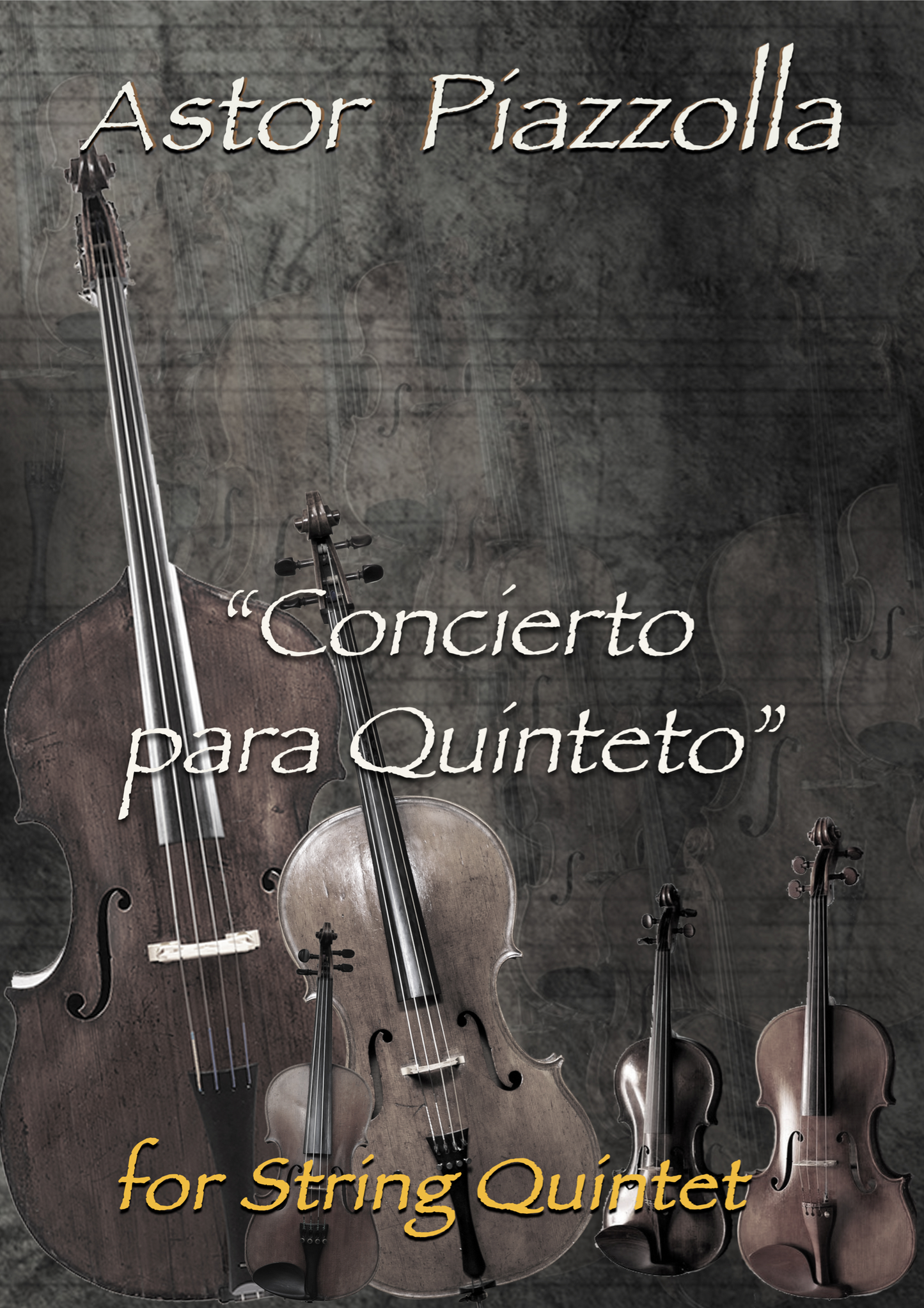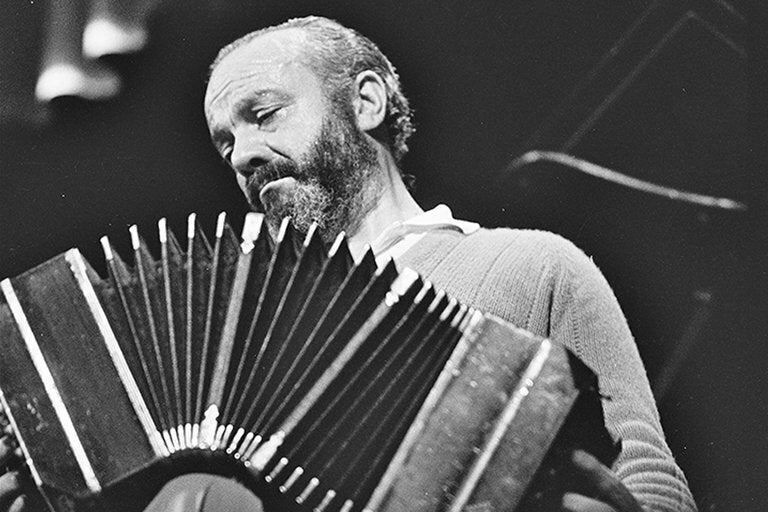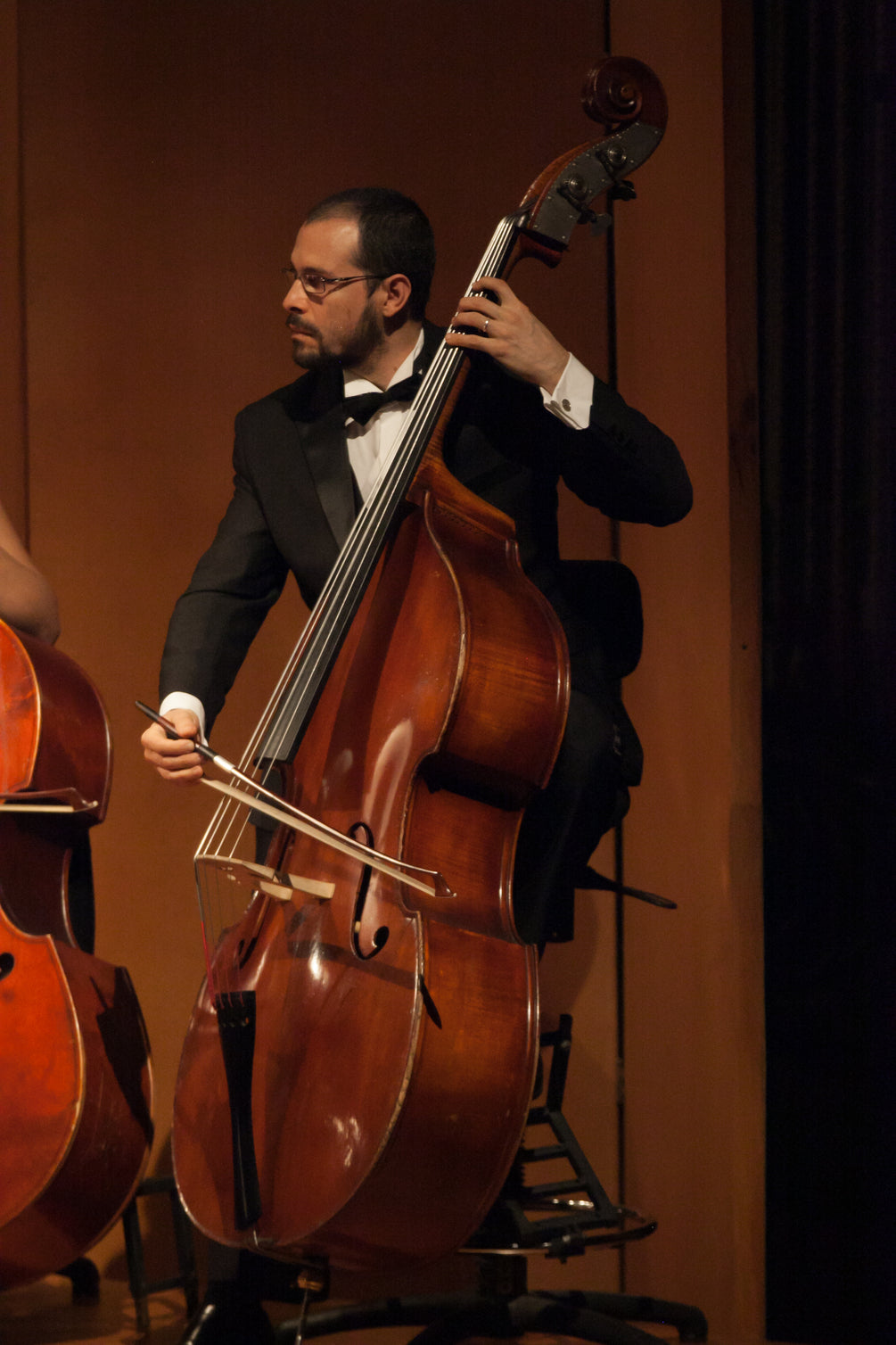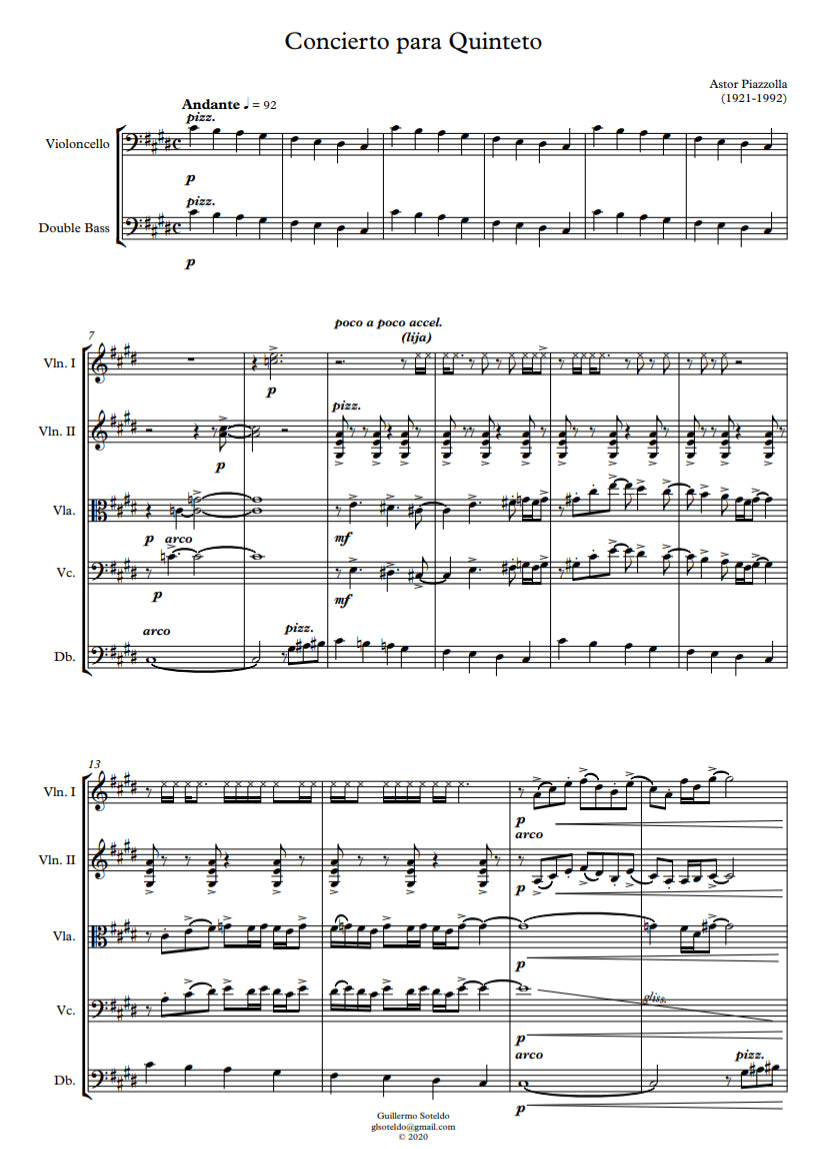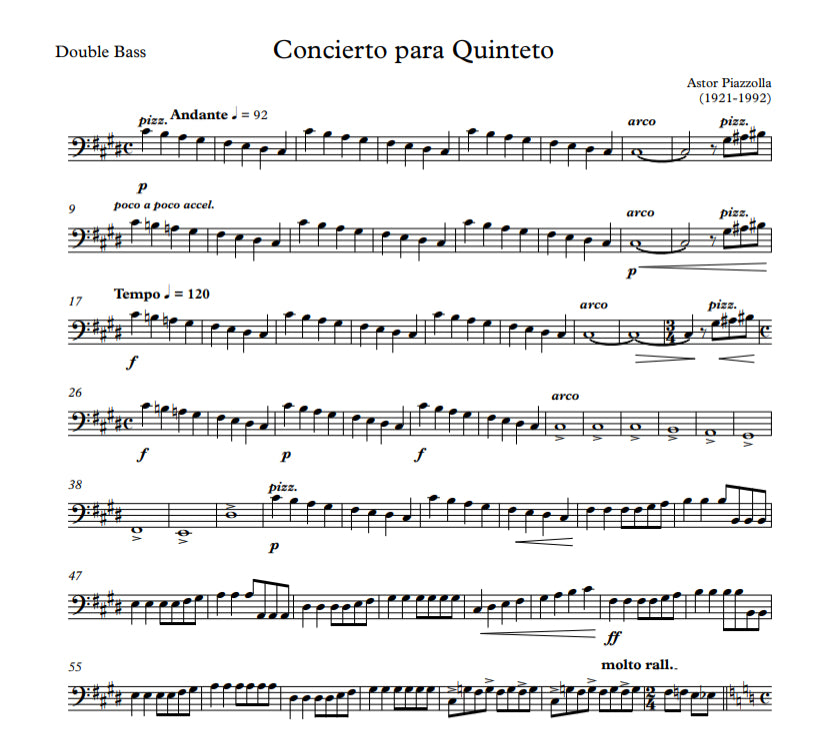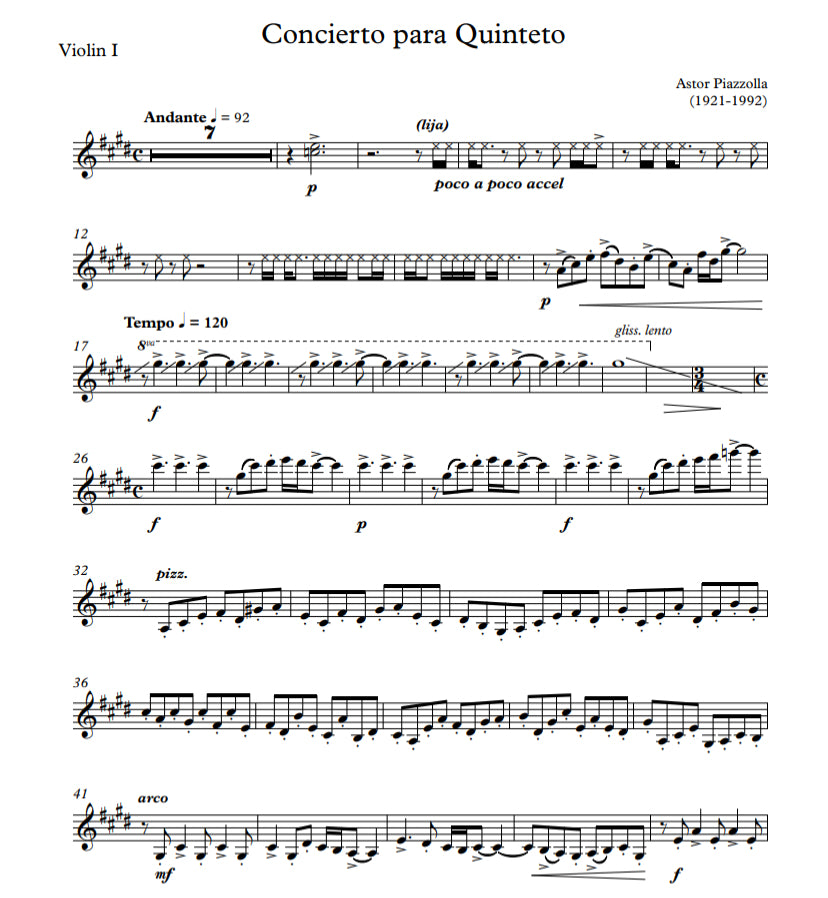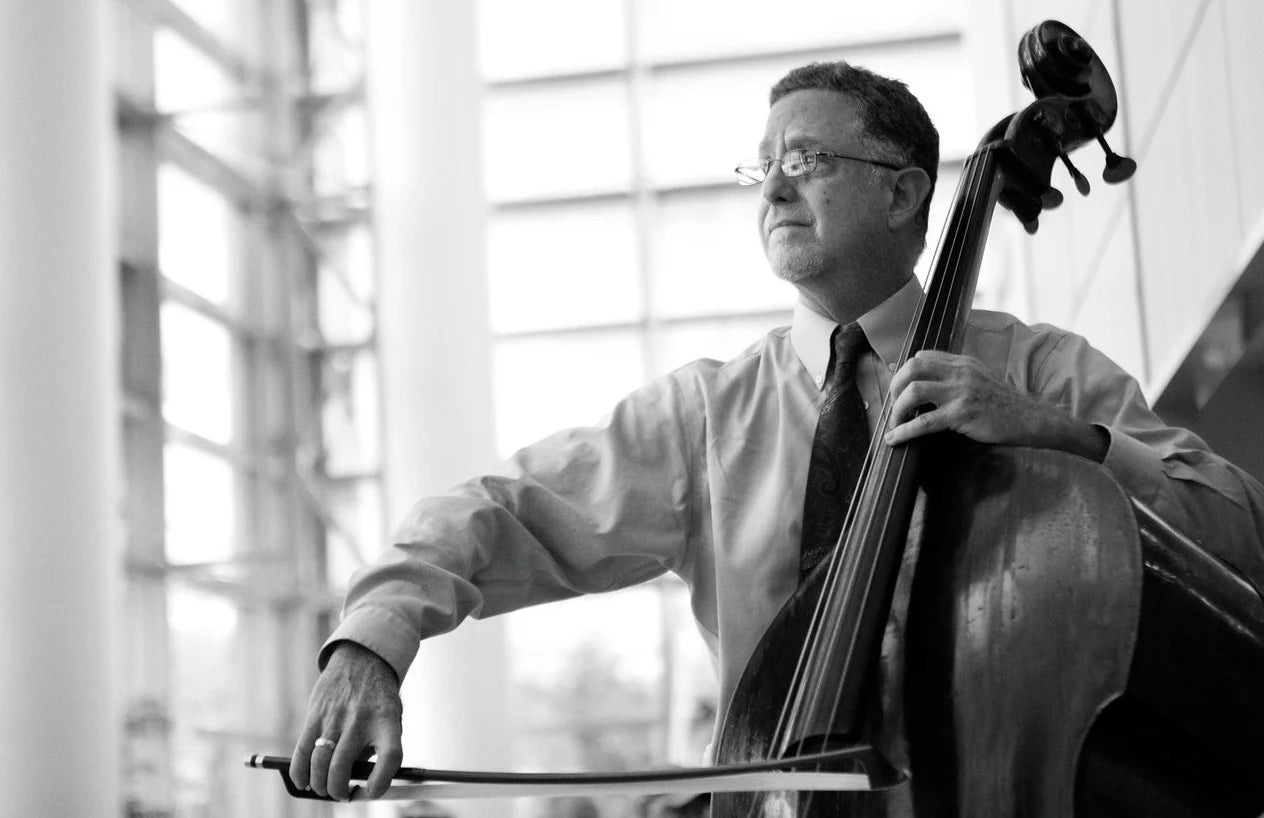Guillermo Soteldo
Astor Piazzolla: Concierto para Quinteto for string quintet (2 vln, vla, cello, db) arr. Soteldo)
Astor Piazzolla: Concierto para Quinteto for string quintet (2 vln, vla, cello, db) arr. Soteldo)
Couldn't load pickup availability
History of the Composition
The Concierto para quinteto is a work that was first played in 1971. Written by Piazzolla to be played by the Quinteto Nuevo Tango and recorded on the disc:
Astor Piazzolla–Concierto Para Quinteto
RCA Victor–AVL-4013
Vinyl-LP-Mono Argentina 1971
Astor Piazzolla: bandoneon
Antonio Agri: violin
Osvaldo Manzi: piano
Cacho Tirao: Elect Guitar
Enrique "Kicho" Díaz: Double Bass
About the Arrangement
The work has 3 movements in the traditional concert form: fast-slow-fast that are performed in attaca, giving the impression of being an uninterrupted piece, showing an already mature and well-developed style of the composer. It lasts approximately 9 minutes.
First movement
Bars 1–79 is a kind of prelude, and the first 44 bars use the C# minor scale as a basso continuo. The piece gives a sense of harmonic regularity but is counteracted when minor triads appear in bars 7 and 8 that together generate tritone clusters.
In bars 17–31, syncopated rhythms increase the tension by using the rhythmic pattern of accents 3+3+2 instead of the rhythm with which the piece begins.
From bars 32–40, there is a texture change in the bass with a whole note per each bar, while violin I, II, and cello play a passage in unison derived from a previous theme. In measures 41–44, the introductory material is recapitulated but broken and changed into a new contrapuntal section in which sequences of descending fifths appear from bars 45–61.
In bar 59, a C♯dim7 chord appears, creating a dissonance that breaks the cadence, causing the tonality to collapse. Bars 62–79 transition to the next section, where the violin is the soloist with a sweet and lyrical melody, which sets the mood for the style of the second movement.
Second movement
Bars 80–158. Its key is ambiguous and ranges from A minor (the key at which the first movement ends) to E♭ major. This movement has three sections (A-B-A), which use the same thematic material but in different tonal contexts and with different instruments. Piazzolla avoids polyphonic textures in this movement and uses the instruments as soloists (homophony).
Third movement
Begins at bar 159, in a key of C# minor. In this section he returns to contrapuntal techniques and with a new motif on the bass.
